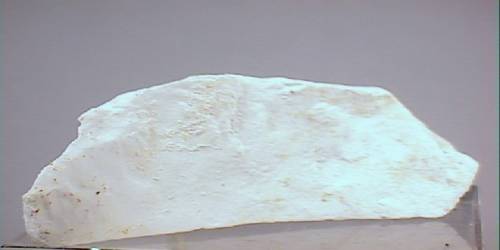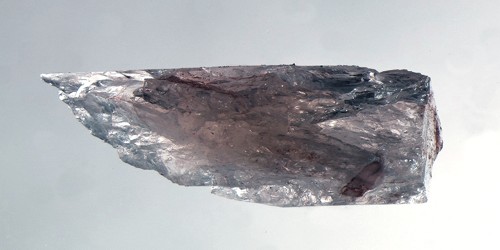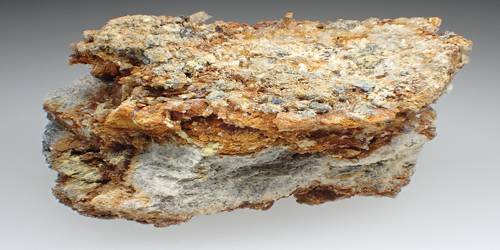Oppenheimerite is a very rare uranium mineral with the formula Na2(UO2)(SO4)2•3H2O. It is a triclinic mineral that is a mixed hydrated sodium sulfate and urinate. Chemically related minerals include fermiite, natrozippeite, plášilite, belakovskiite, and meisserite. Most of these uranyl sulfate minerals were originally found in the Blue Lizard mine, San Juan County, Utah, US. The mineral is named after American Theoretical physicist J. Robert Oppenheimer.
General Information
- Category: Sulfate mineral
- Formula: (repeating unit) Na2(UO2)(SO4)2•3H2O
- Crystal system: Triclinic
- Crystal class: Pinacoidal (1) (same H-M symbol)
- Color: Pale greenish-yellow
Properties
Oppenheimerite is pale greenish-yellow prisms; transparent; vitreous lustre; bright greenish-white fluorescence; white streak; hardness (Mohs) 2½; slightly sectile; three good cleavages, {110}, {011} and {101}; irregular fracture; slightly deliquescent; easily soluble in water.
- Crystal habit: prismatic
- Fracture: Irregular
- Mohs scale hardness: 2.5
- Luster: Vitreous
- Streak: White
- Diaphaneity: Transparent
- Density: 3.36 (calculated) (approximated)
- Optical properties: Biaxal (+)

Crystal structure
The crystal structure of oppenheimerite is of a new type. It contains chains of the (UO2)(SO4)2(H2O) composition, connected with two types of sodium polyhedra.
Occurrences
It is found in the Blue Lizard mine, San Juan County, Utah, USA, where they occur together as secondary alteration phases in association with blödite, bluelizardite, chalcanthite, epsomite, gypsum, hexahydrite, kröhnkite, manganoblödite, sideronatrite, tamarugite, and wetherillite.
Association and origin
Oppenheimerite is associated with other sulfate minerals: fermiite, bluelizardite, wetherillite, blödite, chalcanthite, epsomite, gypsum, hexahydrite, kröhnkite, manganoblödite, sideronatrite, and tamarugite.
















